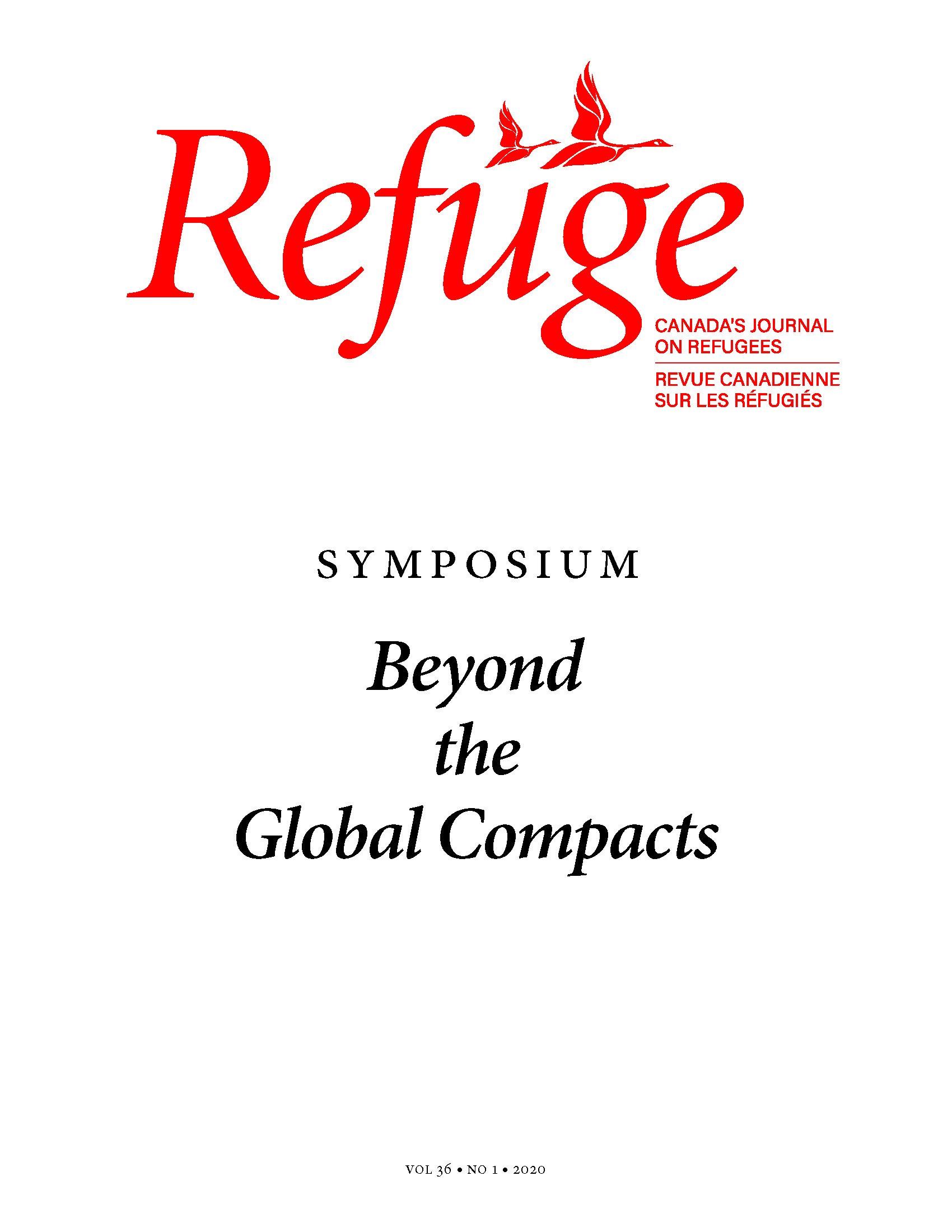Extractive Landscapes: The Case of the Jordan Refugee Compact
DOI:
https://doi.org/10.25071/1920-7336.40623Keywords:
Jordan Refugee Compact, Syrian refugees, Jordan, securitization, extractivism, trade concessions, refugee developmentAbstract
In a climate of immigration securitization, recent years have seen a global move away from humanitarian resettlement responses in sites of displacement. Instead, wealthy governments in the Global North often finance poorer third countries and rural regions of territories to abet border enforcement. The Jordan Compact, in particular, has been upheld as an economic development model that provides an “innovative alternative” to refugee camps, as well as to protracted refugee situations. Yet, as much research shows, the direct economic gains from this trade concessions scheme have been limited. This raises the question, What value does the Jordan Compact hold with such ample evidence of failure? Importantly, how is this failure experienced by refugees in practice? Drawing on fieldwork conducted in Amman and northern Jordan, this article advances a framework centred on extractivism to better detail how value is extracted from migrants and displaced persons at the expense of their well-being. The article illuminates the disjuncture between the lack of profit achieved directly from the Jordan Compact’s trade concessions and the forms of value extracted from refugees’ immobility. Overall, I argue that these economic development policies formalize precariousness, allowing the international community to abdicate global responsibility and reap the benefits of a purported altruism.
Metrics
Downloads
Published
How to Cite
Issue
Section
License
Copyright (c) 2020 Julia Morris

This work is licensed under a Creative Commons Attribution-NonCommercial 4.0 International License.
Refuge authors retain the copyright over their work, and license it to the general public under the Creative Commons Attribution-Non Commercial License International (CC BY-NC 4.0). This license allows for non-commercial use, reproduction and adaption of the material in any medium or format, with proper attribution. For general information on Creative Commons licences, visit the Creative Commons site. For the CC BY-NC 4.0 license, review the human readable summary.








